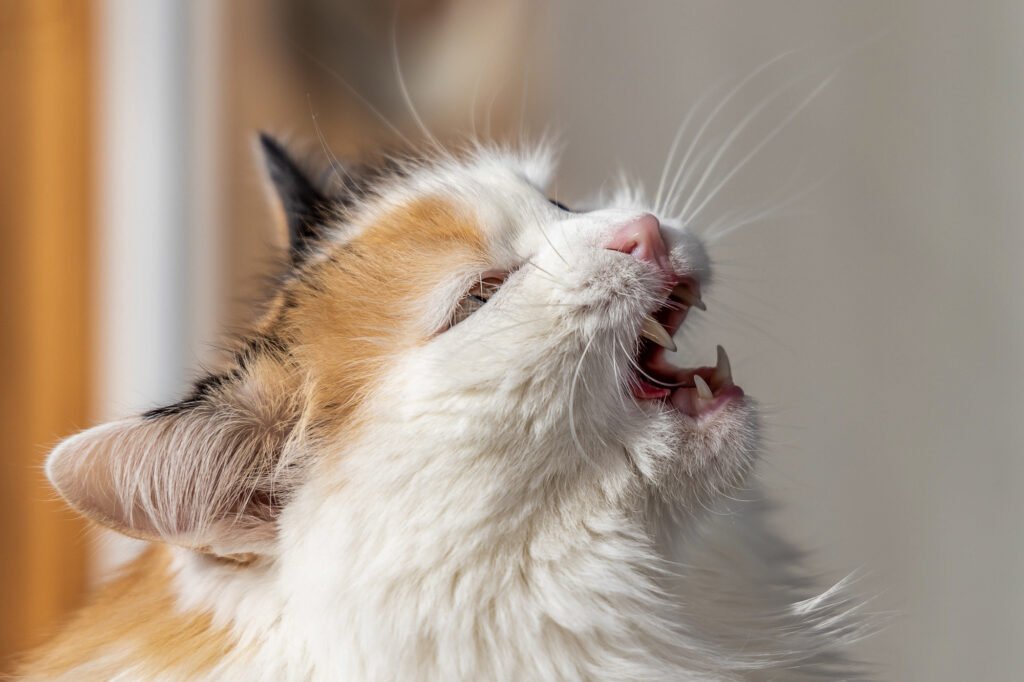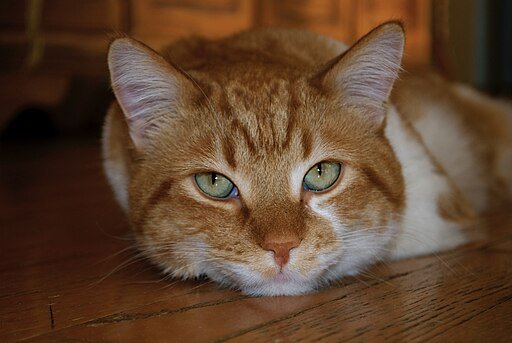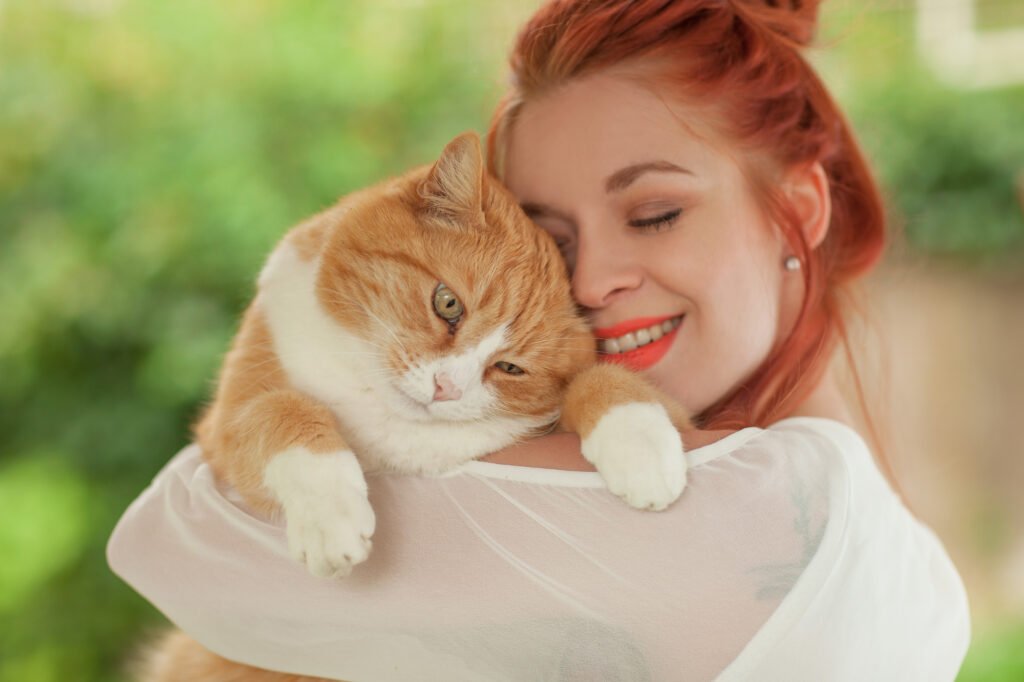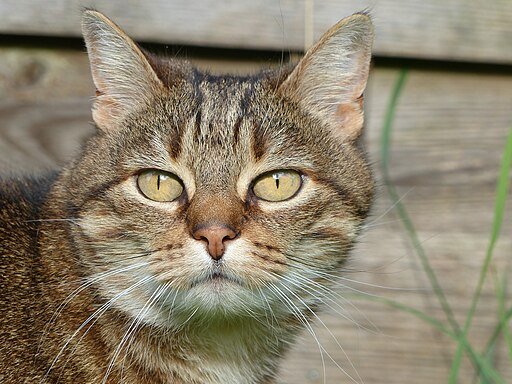The Fascinating World of Feline Sensory Abilities

Cats have long been admired for their mysterious and captivating qualities. Among these is their extraordinary ability to detect subtle changes in their environment. This includes the potential to sense illness in humans. But how exactly do these remarkable creatures accomplish this? Understanding the sensory capabilities of cats provides essential insight into their potential as indicators of human illnesses.
A Nose for Detection

Cats are equipped with highly sensitive olfactory receptors that enable them to detect changes in the scent profile of their environment. In humans, illness can alter body odor due to hormonal changes or the presence of infection. Cats can detect these slight changes in scent, potentially alerting them to health issues in their human companions.
Body Language and Behavioral Observation

Cats are astute observers of human behavior and body language. A change in a person’s body language or daily habits can signal to a cat that something is amiss. For example, if their owner is moving more slowly or appears less energetic, a cat might take notice and respond to these nonverbal cues.
A Sensory Extension

A cat’s whiskers, or vibrissae, are incredibly sensitive tactile hairs that can pick up on minute changes in air currents and vibrations. While primarily used for navigation, they might also detect changes in a person’s physical state, such as irregular breathing patterns that could indicate respiratory problems.
Listening to the Subtle Signs

Cats are equipped with acute hearing that surpasses human capabilities. They can pick up on sounds that might indicate distress or illness, such as wheezing or coughing, which could lead them to give extra attention to ailing individuals.
A Cat’s Reaction to Human Illness

When a cat detects or senses changes in a human’s health, they may respond with noticeable changes in behavior. Some cats become more affectionate or protective, staying closer to their humans. Others might act more stressed, reflecting their sensitivity to changes in their companions’ well-being.
Empathy and Emotional Bonding

Beyond their sensory abilities, the bond between humans and their feline friends plays a significant role. Cats that spend significant time with their owners may develop an emotional attunement, making them more likely to notice when something is wrong, even if they don’t understand why.
Cats and Chronic Illness

Many cat owners have reported instances where their cats acted differently when they were ill, suggesting a form of intuitive understanding. These reports, while anecdotal, support the idea that cats are sensitive to changes in human health conditions, such as migraines, infections, or even cancer.
Scientific Studies and Cats’ Diagnostic Potential

Scientific research into cats’ detection abilities is limited compared to studies on other animals like dogs. However, the anecdotes and observed changes in behavior have prompted some preliminary studies, suggesting that more research could reveal valuable insights into the potential diagnostic capabilities of cats.
Beyond Detection

In addition to detecting illness, cats play a therapeutic role for many individuals. Their presence is known to provide emotional comfort and stress relief, which can have significant therapeutic effects, healing beyond their potential to detect physical symptoms of illness.
The Untapped Potential of Cats in Healthcare

While evidence of cats’ abilities to detect human illness is largely anecdotal, there is intriguing potential for cats to serve as both companions and indicators of health issues. Given their acute sensory perception and deep connections with humans, further scientific exploration could unlock more secrets about how cats can contribute to human well-being.

Suhail Ahmed is a passionate digital professional and nature enthusiast with over 8 years of experience in content strategy, SEO, web development, and digital operations. Alongside his freelance journey, Suhail actively contributes to nature and wildlife platforms like Feline Fam, where he channels his curiosity for the Feline into engaging, educational storytelling.
With a strong background in managing digital ecosystems — from ecommerce stores and WordPress websites to social media and automation — Suhail merges technical precision with creative insight. His content reflects a rare balance: SEO-friendly yet deeply human, data-informed yet emotionally resonant.
Driven by a love for discovery and storytelling, Suhail believes in using digital platforms to amplify causes that matter — especially those protecting Earth’s biodiversity and inspiring sustainable living. Whether he’s managing online projects or crafting wildlife content, his goal remains the same: to inform, inspire, and leave a positive digital footprint.






